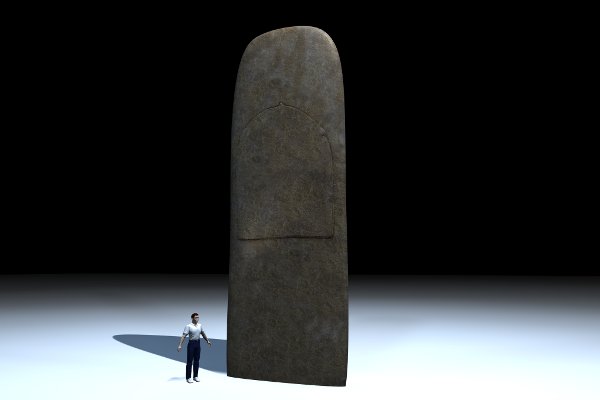Mané Rutual
This passage tomb in Locmariaquer, Brittany (Carnac area) is known under various other names: Mané Rutuel, Mané Rethuel, Mané Ruthuel and Bé-er-Groah, which means ‘the tomb of the witch’.

The monument is very well-known for its decorated stones and giant capstone. It has been examined a number of times. It was dug into in Roman times and excavated in 1860 and 1865. It was re-examined in 1923 and 1936 by Zacharie Le Rouzic and also restored. Specifically, the broken large capstone was brought in place and stabilized by concrete posts.

The passage is only 1m wide, about 1.2m high, and 9.5m long. It leads into the ovoid chamber, about 6.7m long and 3.4m across at its widest point. The chamber is divided by two pillars into a 3m long antechamber and the main chamber.

The chamber is extended by the concrete construction of the early 20th Century reconstruction. This construction – however debatable its appearance is – stabilizes the broken capstone and keeps it in the original horizontal position. This stone is about 11.3m x 4.4m and 0.6m thick and is supposedly a re-used stela of the Locmariaquer stelae alignment.

The monument has a number of upright stones with engravings. On two stones a symbol can be found that was named after this monument ‘Mané Retual type axe’ (see: Mané Retual Symbol).